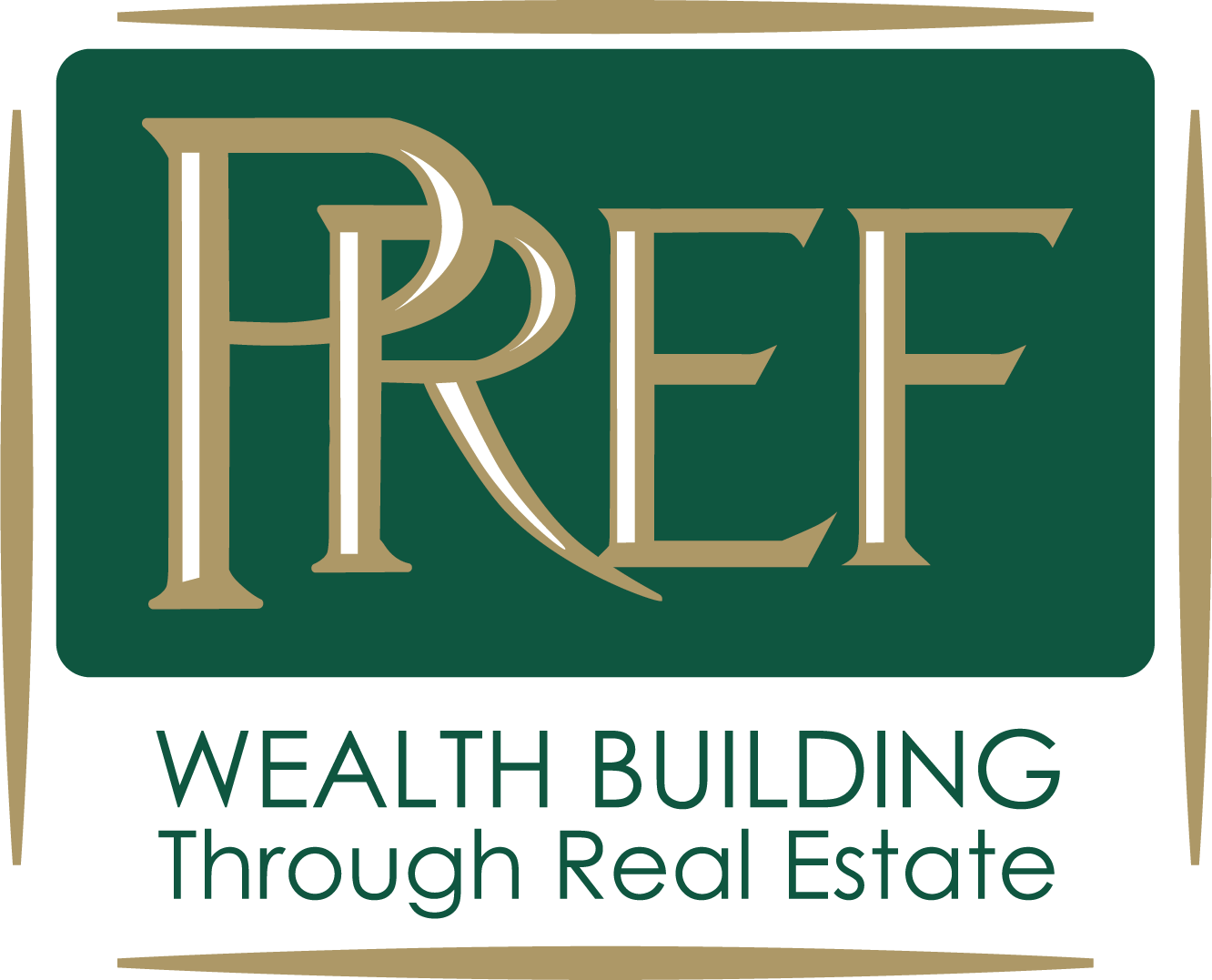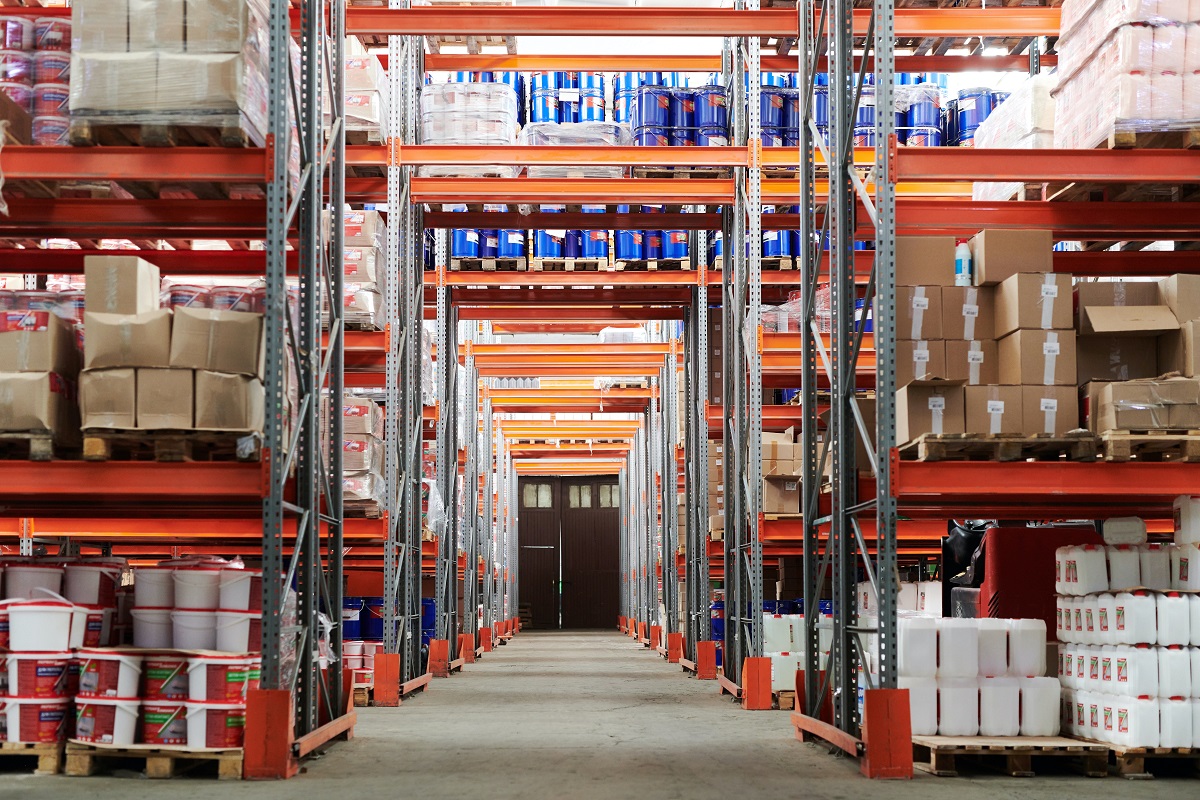What is the Status of Commercial Real Estate Today?
In May, I think we all thought (or at least hoped) that the COVID -19 situation would be under control by now. Well, it isn’t nor is it clear what the long-term impact on our lives will be.
Commercial Real Estate Today?
Six months ago when this all started, I posted the blog, “Coronavirus Pandemic Impacts Commercial Real Estate Sectors.” It now makes sense to revisit this topic again. Let’s look at the status and possible future of the various commercial real estate sectors.
Industrial: Can’t Build ‘Em Fast Enough
It’s fair to say that Industrial has been the least affected sector and has benefited the most from the acceleration of online shopping. Developers can’t build buildings fast enough, especially not the huge, specialized buildings needed by companies like Amazon and Apple. Investors are buying them before they are finished or leased. This is an ominous sign and could lead to overbuilding of some large buildings.
On the flip side, finding smaller, more traditional industrial buildings to lease is proving difficult. Construction costs are high, and well-located, reasonably-priced land on which to build these buildings is hard to find. Rents in these buildings are rising, but there is only so much these tenants can pay. This sector will require innovation in terms of how spaces are used as well as the adaptive reuse of big box retail buildings.
Office: Fallout Hasn’t Happened…Yet
Rents and vacancies are holding in the office market for now. Many tenants continue to pay rent for space they are not fully using. However, as leases come up, I predict many tenants will downsize.
A recent study shows current space for sublease is greater now than during the 2008-09 Recession. For example, Macy’s leased 100,000+ sq. ft. in a new building in Atlantic Station in February. Now, the entire space is on the market. And while Mailchimp and Google are relocating to new buildings, the spaces they vacate could take a while to lease. This is a bad sign for future occupancy and will likely result in declining rents and greater concessions.
Diverging opinions exist as to whether remote working or the increase of space per employee will become the dominant trend, but during the next 3 years or so, I anticipate either a flattening or decline in rents and occupancies. Whether this results in a grand buying opportunity for investors depends on multiple factors: the extent of the decline, the timing of the economy recovery, the flexibility of lenders, and the timing of loan maturities.
Retail: More Bankruptcies on the Horizon
Be careful about investing in retail: we haven’t seen the end of the bankruptcies. As mall owners lose anchor tenants, shop tenants may exercise their co-tenancy clauses, causing even more trouble for an already-shaky mall owner.
We will not recognize malls 10 years from now—they’ll contain less retail, be more experiential and have more office. For example, there’s talk of movie theatres and department stores being converted to multi-family sites. Simon is also talking to Amazon about taking over vacant department stores. And just look at renovation plans for Alpharetta’s North Point Mall. It could be the next Avalon.
Three years ago, in “Old Malls, New Opportunities,” I began a conversation about repurposing malls. Obviously, that conversation continues.
If there is a silver lining, it might be service-oriented (or Amazon-proof) retail, but many, like gyms and hair salons, were badly hurt by COVID-19 restrictions. It could be a long time before they recover, and some will not.
I am not saying that retail is bad, but I do believe it will look quite different in five years, so owners need to be patient, innovative and flexible.
Restaurants + Hospitality: Have Seen Better Times
Rents are down for restaurants, and rent concessions are up as it’s better right now to keep an existing tenant in business than try to find another tenant. In fact, percentage rents are making a comeback.
Restaurants have been a big driver of retail for the past 10 years, so there was bound to be a pullback. Even if restrictions are lifted, it will take time before the public feels totally comfortable dining inside. How long that will be is anybody’s guess, but I wouldn’t bet on an early 2021 resurgence.
Let’s be blunt: hospitality has been crushed. Extended stay hotels have done okay, but full-service hotels suffered badly due to travel restrictions, remote working, closed bars and restaurants, and canceled conventions. We’ve even seen some attempts to convert hotels to affordable housing. Unfortunately, some experts predict 5 to 10 years for a full recovery.
Stan’s Takeaway: Be Patient
Right now, we see conflicting trends impacting different sectors:
- Office: work from home vs. work in office
- Retail: shop online vs. shop in store
- Restaurant: order takeout vs. dining in
In my opinion, even if all COVID-19 restrictions are lifted today and a vaccine becomes available, we have at least another six months to one year until people adjust to living in a COVID world. This presents real challenges to commercial real estate owners.
My best advice? Be realistic about financial expectations, and, above all, be patient.



